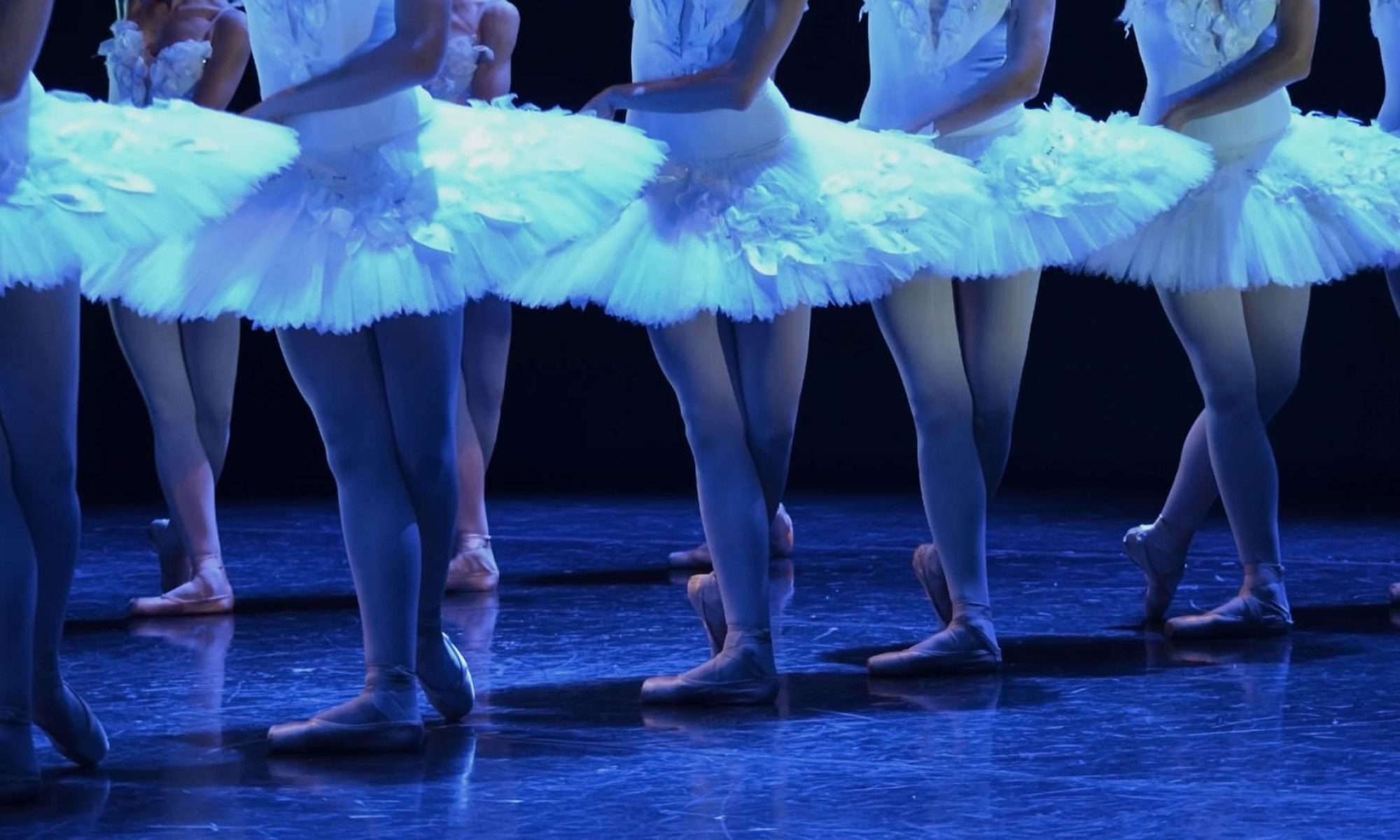Why do dancers dance? Ballet class is rigorous, not to mention expensive, yet thousands of people send their children to ballet. As a dancer, I know that what keeps bringing us back to the barre, day in and day out, is passion. And I know as a parent (whose children lacked such passion) that it was easier to save my money and pull them out of ballet than to hear them whining and complaining that “ballet is boring”.
When I was ten years old, the girl next door showed me her tap and ballet shoes and introduced me to a few steps. For me, that was it. I practiced those steps everyday on my front porch and pretended my black patent leather shoes had taps on them. For reasons I couldn’t understand, I had to wait until school was starting the following year to begin lessons at the local studio with Debbie Wilkerson. It felt like an eternity! My mom said that she knew from my fervent activity in the womb that I was destined to either be a dancer or a football player. When my lessons finally started, I was hooked and couldn’t get enough.
The studio was three short blocks from my house, so I was allowed to walk there by myself. It was downtown in the upstairs of an old building. There was one huge studio and one smaller one, plus an office, waiting area, and a long room full of costumes that you had to walk through to get to the restroom. My teacher, Debbie, had lovely leotards and wore her long hair in beautiful braided buns. There was a raised area in the corner of the large studio where she had her record player, and I always dreamed of one day being the teacher so I could stand there, too. My dad helped me put up a barre and some mirrors in our attic and I had my own little studio up there, where I spent hours upon hours dancing and making up my own choreography.
If most dancers are like me, then they dance because they must. They can’t stand the thought of life without dance. Sure, they take the occasional break and vacation, but dance is always there on the horizon waiting for them to pick up again. Debbie was a special teacher, because she recognized my passion for ballet and encouraged my parents to send me to the Jordan Academy of Dance in Indianapolis where I could get more intensive training than she offered at her studio. I went there on Saturdays and dreaded it every single week. Looking back, I’m grateful for my parents’ diligence in making me go, because from my contacts there I was able to apply to Butler University’s early enrollment program as a high school student.
At Jordan Academy all the girls knew each other and took class several times a week together. I came in only on Saturdays and was too shy to make friends with anyone. They did a lot of steps that I’d never seen before, too, so I was confused a lot. And I simply hated grand allegro, when we had to dance across the floor two at a time and I almost always had no idea what to do. Still, I loved dancing at Debbie’s studio, and when I was accepted as a student at Butler my sophomore year in high school, I loved that as well. My teacher at Jordan Academy, Peggy Dorsey, warned my father that it could be tough at the university (where she also taught) and that there was a lot of competition among the girls. However, since I went there everyday I was able to make friends with many of the girls in my classes, and my dancing improved by leaps and bounds (pardon the pun!).
When I became the mother of two young girls, they enrolled in dance at the studio where I taught in Paris, Kentucky.They had a cute class for two year olds called Jack Be Nimble, and my girls both loved that.Then we moved to North Carolina and I stopped teaching so I could work at a job that would give our family benefits and enough pay to live on until my husband found work.We enrolled them in creative movement and they enjoyed it, for the most part, but to be honest they would rather be at home playing in mud or riding their bikes.They took a break from dance, since they were still rather young, I thought, to be expected to have a spark of passion for it yet.When they came back to it a few years later it was drudgery getting them to class.I could see that they were the ones who were left out of the cliques made up of girls who were there several days a week, and they just didn’t love it as I’d hoped they would.
I didn’t have dreams of them becoming professional dancers. I just wanted them to have something they could love doing, as I had when I was their age. But it wasn’t meant to be. And I realize that the kids who show up and are eager to learn new steps and tricky combinations are the ones who are passionate about dancing. They are the ones who can’t imagine life without dance. As a side note, my girls are now teenagers who play soccer, piano, guitar, and violin. They are also whizzes on the computer. I’m not sure either of them has found their passion in life, but I still hold out hope that they will. There’s nothing quite like it, is there?





